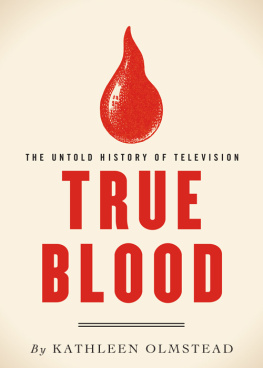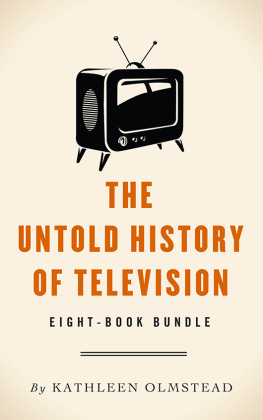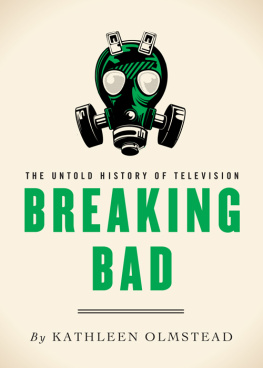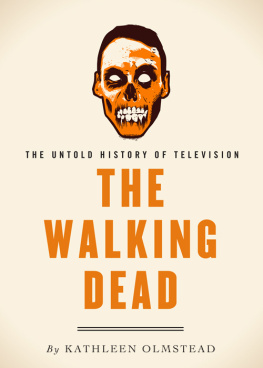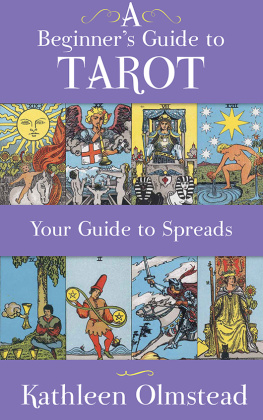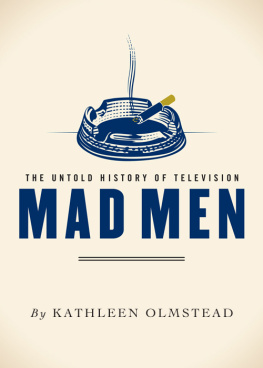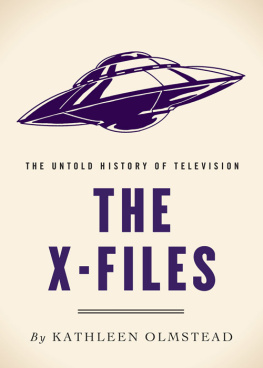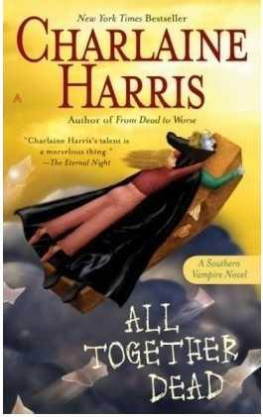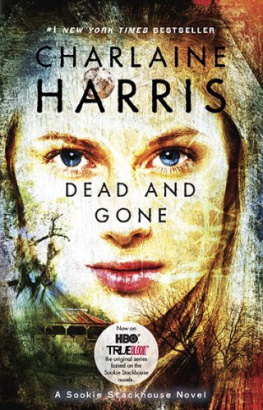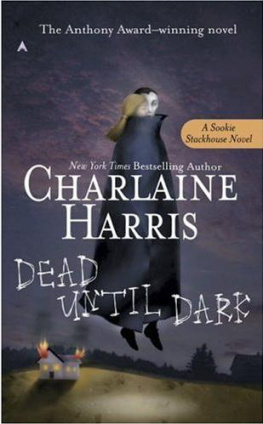Contents
Stories of vampirescreatures that prey on the living and consume human bloodhave been around for centuries. They can be found in almost any culture and on every continent. These tales describe animals, like a bat or rodent; a bloated, rosy-cheeked creature filled with blood; or even the undead. You might picture Vlad the Impaler or Countess Bthory, Bram Stokers Dracula or Bela Lugosi in a cape. And one version always seems to inspire another. There are novels and stage versions of novels, novels derived from plays, and movies based on other movies that are, in turn, based on legend. (For more insight on this topic, watch Les Vampyres [1914] and Irma Vep [1996].) And then theres television: Dark Shadows; Night Stalker episodes; Cliffhanger, with Michael Nouri as the dark count; Salems Lot, the everyone-killed-by-a-vampire-becomes-a-vampire movie; Forever Knight; Vampire Diaries; Being Human; and Buffy the Vampire Slayer, which reestablished vampires as a viable story option and also empowered womenunusual for a horror story.
And then we arrive at Alan Balls True Blood. Vampires who dont hide in the dark arrived on the small screen like never before: fun, sexy, sarcastic and often naked. The story of True Blood hinges on the premise that vampires have come out of the coffin and now live openly among humans. Japanese scientists have perfected synthetic blood, which theyve packaged and bottled as the drink Tru-Blood. Now that vampires need no longer rely on human blood, they can live freely (at night, of course), and the fictional town of Bon Temps (Good Times), Louisiana, has become a hotbed of supernatural activity and the setting of a unique television show.
While True Blood is not for the faint of heartits violent and gruesome, and it does not shy away from sexual contentthe show is also campy and shouldnt be taken too seriously. There are serious points and gut-wrenching scenes, but many of the storylines and certainly many of the characters are more funny than tragic. These vampires have fangs, but they also have a sense of humour; the vampire bar is called Fangtasia. Overall, though, the key point is that the vampires in this tale no longer remain in hiding but live out in the open, albeit only at night. Many of them seek normalcy, wanting only to live a regular life.
The irony of True Blood, though, is that we find very little that is normal or common about either the characters or their lives. In fact, the vampires are the least supernatural of the lot. There are shape-shifters, V addicts (that is, vampire-blood addicts) and a serial killer who preys on the women of Bon Temps. (This hotbed of supernatural activity mirrors the world of Buffy the Vampire Slayer which takes place in Sunnydale, California, a picturesque town that also happens to sit on a Hellmouth.) At the same time, Ball didnt want the supernatural elements in True Blood to be judged by outside appearances; he didnt want someone to be trusted or feared based on how they looked or how they were dressed.
So understanding (or discovering) who holds power and who can be trusted is a recurring theme in True Blood. Anyone can pass as something theyre not. We see this with shape-shifters, werewolves and the seemingly generous woman who has the ability to transform into a half-bull during a fireside ritual. And the vampires of True Blood have retractable fangs so they can assimilate into the world of humans, if only for a short time. You recognize them as vampires only when theyre ready to reveal themselves.
Uncertain appearances and identities are apparent right from the beginning. The True Blood pilot opens with a college-age couple driving along a road at night. The couple is an exaggerated version of a frat boy and girlfriend: well dressed and coiffed, wealthy and completely self-absorbed. These college kids are also boorish and border on racist. They stop when they see a sign for Tru-Blood at a roadside store. Of course, in True Blood style, things arent as they appear. The store clerk dressed in menacing black goth styling isnt a vampire; hes harmless and a little dim. But the regular, southern-hillbilly-looking guy in the trucker cap is one and, as the supposed villain of the scene, might inflict the most harm. But his threats to the college kids are provoked by their negative comments about vampires; he wants only to defend his supernatural community.
Alan Ball was born in Atlanta, Georgia, in 1957 and grew up in Marietta, a small city just south of Atlanta. His father, Frank, worked as an airline inspector, and his mother, Mary, was a stay-at-home mom. After high school, Ball attended the University of Georgia before transferring to Florida State University in his second year, where he majored in theatre. After graduating, Ball stayed in Florida to work as a playwright with the General Nonsense Theatre in Sarasota until he moved to New York City in 1986. There, he founded the Alarm Dog Repertory Company.
While living in New York, Ball finally came out to his family. In the years to come, Ball would become a vocal advocate of gay and lesbian rights. His work, particularly Six Feet Under, broke down many stereotypes perpetuated on television and in movies. While it shouldnt be revolutionary that a same-sex couplelike Six Feet Unders David Fisher (played by Michael C. Hall, later of Dexter fame), a funeral director, and Keith Charles (played by Matthew St. Patrick), a police officercould be in a loving relationship and raise children, it wasnt common in 2003. True Blood doesnt shy away from gay content either; in fact, like much of the show, it is exaggerated.
In 1993, Balls off-Broadway play Five Women Wearing the Same Dress, about bridesmaids seeking solace from the bride and the wedding, brought him the attention of Hollywood agents. Ball was offered work as a story editor on Grace Under Fire, a sitcom starring comedienne Brett Butler. He moved on after one season to another sitcom, Cybill, which starred Cybill Shepherd. But it was becoming clear to Ball that network comedies did not suit him, as being a playwright and having worked in theatre did not prepare him for this new medium. Ball was also frustrated that the shows seemed to focus on the stars, not the story; he felt they consequently suffered because the storylines and the writing didnt receive the attention they deserved. Even so, Ball worked on Cybill for the next three seasons as writer and then producer before it was abruptly cancelled. He readily admits that, even though he learned a great deal, he grew increasingly angry during his tenure in network television.
Ball then decided to channel his anger into writing screenplays and turned his attention to the false promise of the suburban American dream. The resulting screenplay, a celebration of nonconformity and the search for beauty outside the norm, marked Balls Hollywood breakthrough. American Beauty was launched at the Toronto International Film Festival in September 1999 and went on to win Academy Awards for best picture, best actor for Kevin Spacey, best director for Sam Mendes and best original screenplay for Alan Ball. Ball also won the Golden Globe and Writers Guild awards. His script about Lester Burnham, his perfection-obsessed real-estate-agent wife and his angry teenage daughter captured the zeitgeist of late 90s America.

